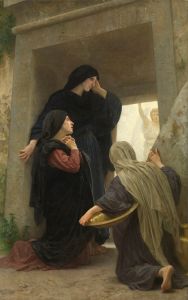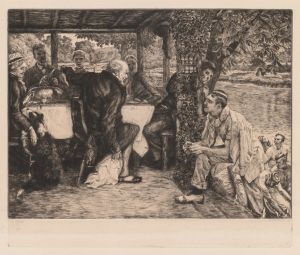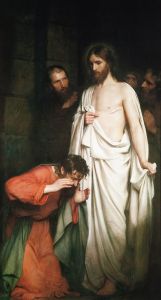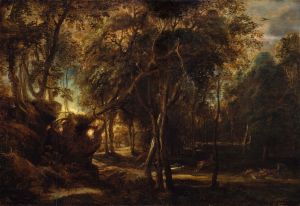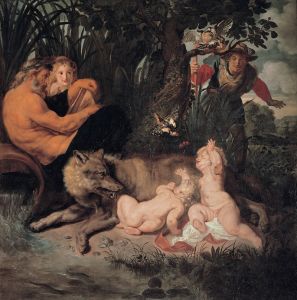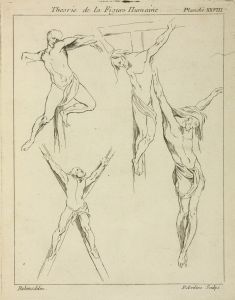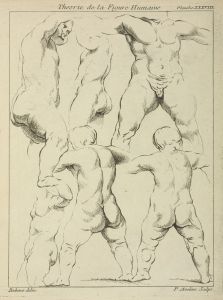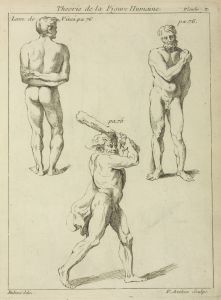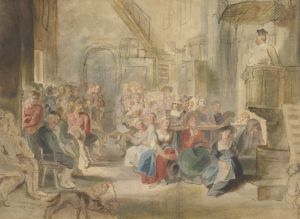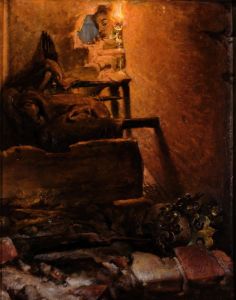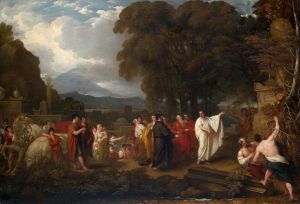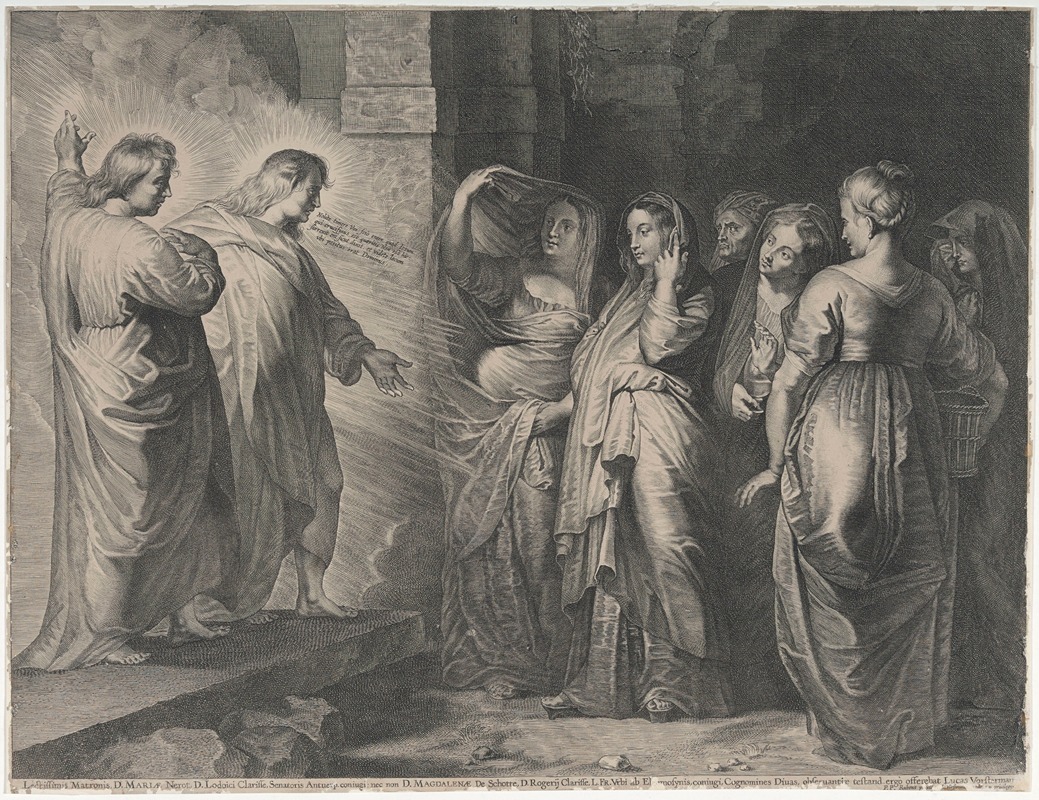
The Angels Addressing the Holy Women at the Tomb
A hand-painted replica of Peter Paul Rubens’s masterpiece The Angels Addressing the Holy Women at the Tomb, meticulously crafted by professional artists to capture the true essence of the original. Each piece is created with museum-quality canvas and rare mineral pigments, carefully painted by experienced artists with delicate brushstrokes and rich, layered colors to perfectly recreate the texture of the original artwork. Unlike machine-printed reproductions, this hand-painted version brings the painting to life, infused with the artist’s emotions and skill in every stroke. Whether for personal collection or home decoration, it instantly elevates the artistic atmosphere of any space.
The Angels Addressing the Holy Women at the Tomb is a painting by the Flemish Baroque artist Peter Paul Rubens. Created in the early 17th century, the work depicts a biblical scene from the New Testament, specifically the moment when angels inform the women visiting Jesus Christ's tomb that He has risen from the dead. This event is described in the Gospels of Matthew, Mark, and Luke.
Rubens, known for his dynamic compositions and masterful use of color and light, portrays the scene with dramatic intensity and emotional depth. The painting features two angels, dressed in luminous white robes, gesturing toward the empty tomb. Their expressions and gestures convey the divine message of resurrection. Opposite them, the holy women—traditionally identified as Mary Magdalene, Mary the mother of James, and Salome—are shown in a state of awe and reverence. Their postures and facial expressions reflect a mixture of astonishment, fear, and hope.
The composition is characteristic of Rubens' Baroque style, emphasizing movement, contrast, and theatricality. The use of light in the painting is particularly notable, with the angels illuminated in a way that suggests their heavenly nature, while the surrounding environment remains in shadow. This contrast enhances the spiritual significance of the scene and draws the viewer's attention to the central figures.
The painting is believed to have been commissioned as an altarpiece, a common practice for Rubens, who created numerous works for churches and religious institutions during his career. Altarpieces were designed to inspire devotion and communicate key theological messages to the faithful, and this work would have served that purpose by emphasizing the central Christian doctrine of the Resurrection.
As with many of Rubens' religious works, The Angels Addressing the Holy Women at the Tomb reflects his deep understanding of biblical narratives and his ability to translate them into visually compelling art. The painting also demonstrates his skill in rendering human emotion and his mastery of anatomy, drapery, and spatial composition.
The current location of the painting is not definitively documented in public records, and further details about its provenance or specific commission are not widely available. However, it remains an important example of Rubens' religious art and his contribution to the Baroque movement.





